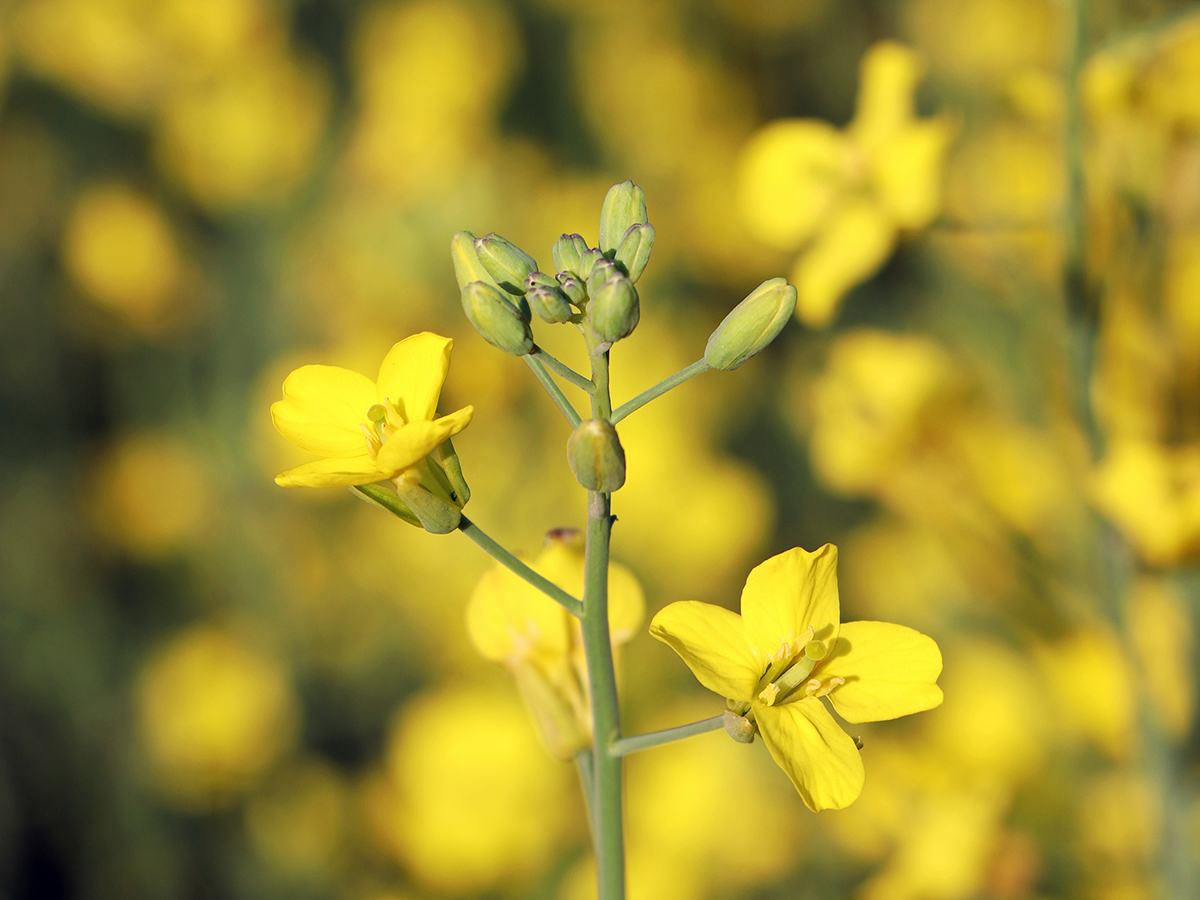War between Israel and Iran forced oil prices higher last week, but had only modest impact on crop prices.
Stronger oil provided some price support to vegetable oil values but American biofuel policies and legislation were the dominant factor in the oilseed complex.
Western Producer reporter Sean Pratt has dug into the American biofuel developments and their mixed implication for canola so I won’t go into detail here.
Read Also

Canada-U.S. trade relationship called complex
Trade issues existed long before U.S. president Donald Trump and his on-again, off-again tariffs came along, said panelists at a policy summit last month.
The gist is that United States policy and subsidies will significantly increase the amount of American-grown soy and canola oil going into renewable diesel and other advanced biofuel, but it is not clear whether Canadian produced canola oil will be able to access those subsidies.
But for now, Canadian canola futures enjoyed a modest rally, following larger gains in soybean oil last week
From June 13 to 20, new crop December soy oil rose about eight percent while November canola climbed 2.7 percent.
But both old and new crop canola futures for several weeks have been rising independently on ideas that seeded acres might be smaller than expected, with farmers switching area to spring wheat, preferring to lower the risk that they could be hurt if China expands its tariff beyond meal and oil to include canola seed.
Canola was also supported on large areas of drought and expectations that the old-crop carry-in to the new crop year would smaller than normal.
In the March prospective seeding seeding report, Statistics Canada forecast canola area would be 21.6 million acres, down 1.7 percent from last year.
The agency will release is next seeding estimate on June 27.
On June 20 canola futures were the highest since September 2023.
The outlook for canola is much better than in the dark days of February and March when all the talk was of American and Chinese tariffs and uncertainty about the Trump administration’s attitude toward biofuels.
While Chinese tariffs are cutting into canola meal exports, seed exports remain strong.
In April Canada exported 910,000 tonnes of canola, of which about half, or 469,000 tonnes went to China, according to Statistics Canada’s latest monthly release on exports.
Earlier this month Canadian Prime Minister Mark Carney and Chinese premier Li Qiang agreed to start a deputy minister-level consultation between the two countries to address trade issues, which also include tariffs on peas, pork and seafood.
This is a welcome resumption of communication between Ottawa and Beijing that has been fractured since Canada followed the American lead and put 100 percent tariffs on Chinese electric vehicles.
Wheat also rose modestly last week on concerns about dry weather in Europe and Canada and on excessive rain on the American hard red winter wheat crop as it is being harvested.
Getting back to the Israel-Iran hostilities, the tit-for-tat bombings that started when Israel attacked Iran’s nuclear infrastructure shook the crude oil market, which previously had been weakened by expectations that the Members of the Organization of Petroleum Exporters were going to increase production.
In early May the international benchmark, Brent crude, had fallen below US$60 a barrel on expectations of ample supply, but the August contract closed June 20 at $77.21 on the risks associated with the Israel-Iran war and worries that the U.S. would get involved.
On the weekend the United States did get involved, using stealth bombers to drop “bunker buster” heavy bombs on Iran’s nuclear facilities. Brent rose higher in Sunday overnight trade ranging roughly between $79 and $81.
If the war continues and gets more destructive it would potentially cut off the two to three million barrels a day that Iran exports and also raise the danger level in the Strait of Hormuz off of Iran’s southern coast where 18 to 21 million barrels of oil and petroleum products move daily. That is about one fifth of the world’s supply.
Turning to weather, the forecast for a hot summer in North America did not materialize in the first half of June, but the feared “heat dome,” with temperatures in the mid-to-high 30sC and hotter, was forecast to spread across the U.S. Midwest corn and soybean region June 20-23.
The heat was not expected to reach the Canadian Prairies.
The dominant feature there was a forecast for heavy rain starting in Alberta and reaching into the driest areas of Saskatchewan, a welcome break from the drought-like weather and a potential saviour for many Prairie crops.















